Apple just finished its “Far Out” event, and it announced a lot of new products, including the iPhone 14 lineup of phones, the new Apple Watch Pro along with the iteration updates to Apple Watch Series 8 and new iPads. Sadly there was neither any news of Apple’s rumoured VR headset nor any updates from the Apple Car initiative.
If you’re looking for a quick recap of all the important news from the show, we have you covered.
New Apple Watch launches
The regular Apple Watch Series 8 has the same specs as that of Series 7, with quite a lot of notable improvements. These include having better battery life, better ovulation tracking, car crash detection using new custom gyro chips and a new temperature sensor which can measure your body temperature through the skin. It has the same 41mm and 45mm case options and there are no design changes compared to the predecessor.
They also pack the new dual-core S8 chip, which is hardly different from the chip found on the Series 7. All the watches announced in the event also come with Family Setup provisioning, which allows parents to setup cellular connections on their children’s Apple watches without worrying about screen and internet addiction from phones. The Series 8 will be available to preorder from today with general availability from September 16th at Rs 45900 for the GPS model and $499 for the Cellular model.
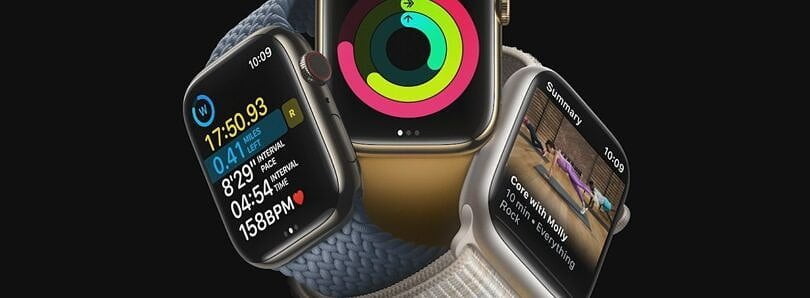
While Apple launched the almost-iterative Apple Watch Series 8 update, all eyes were on the newest model – the Apple Watch Ultra. This watch has a display protected with sapphire crystal to withstand extreme temperatures and contains the brightest screen on an Apple Watch ever. It also has a more durable titanium case and battery life for up to 36 hours along with an extended 60 hour battery life. The Ultra introduces an all new design for the crown designed for use during extreme activities. There’s also a configurable Action button which should perform actions when you are inside apps. This should help athletes that don’t want to interact with the watch screen when busy with sports activities.
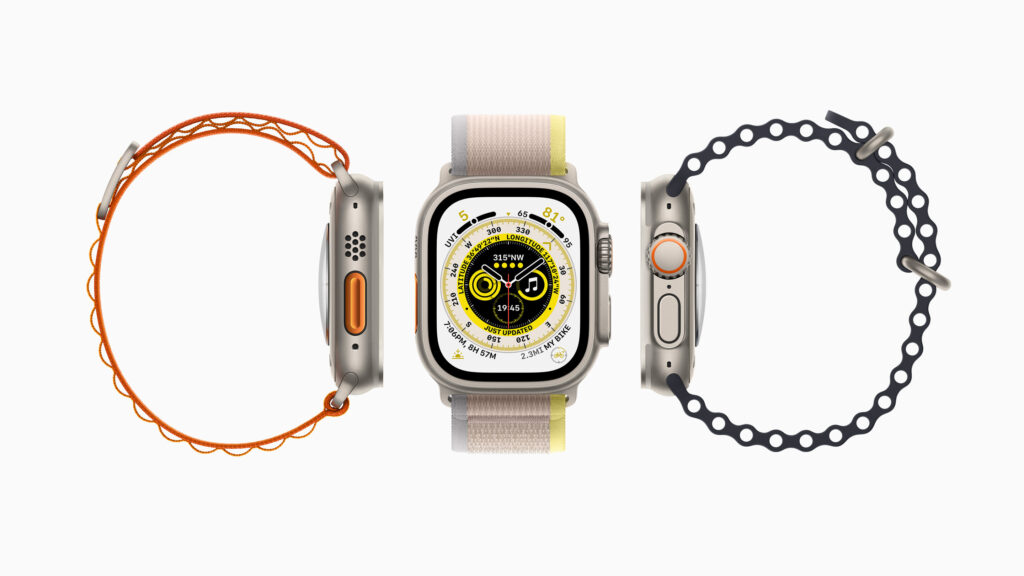
The Ultra also has improved multi-band GPS, thanks to the new L5 frequency which is something you only see on fitness watches from brands like Garmin. The compass app on the Ultra comes with waypoint tracking which should help when you go on a trek and get lost somewhere. It also has a temperature sensor like the Series 8. All these improvements unfortunately come with disadvantages – a bigger case size at 49mm and more weight than the regular Apple Watches. Moreover if you were getting your hopes high for a circular dial, you are all set for disappointment. All models of the Apple Watch Ultra will be available at Rs. 89900 and will be available for preorder starting today with general availability starting September 23rd.
Meanwhile, the Apple Watch SE has now got a generational update as well. This replaces the Apple Watch Series 3 which went out of stock a few months back and was never put on sale again. It comes with the same S8 chip found on the Series 8 and is 20% faster than the predecessor but other than that, there are no major updates with the display size being the same as the previous model. This will be available on September 16th, costing Rs. 29900 for the GPS model and $299 for the Cellular model. We are yet to hear anything on the India pricing for the Cellular models of the SE and Series 8.
iPhone 14 Series
The biggest reveal of the show has to be the announcement the iPhone 14 series of smartphones. This generation of iPhone marks the end of the iPhone mini era. Instead, the iPhone 14 and the iPhone 14 Pro series now have uniform screen sizes across variants. The regular iPhone 14 looks very similar to the iPhone 13 and also has the similar set of specs as well. The iPhone 14 now gets the A15 Bionic chip with 5 GPU cores from the iPhone 13 Pro series. Instead of the iPhone mini you now get an iPhone 14 Plus, which has the same specs as that of iPhone 14, but has the screen size at 6.7 inches, just like the iPhone 13 Pro Max.
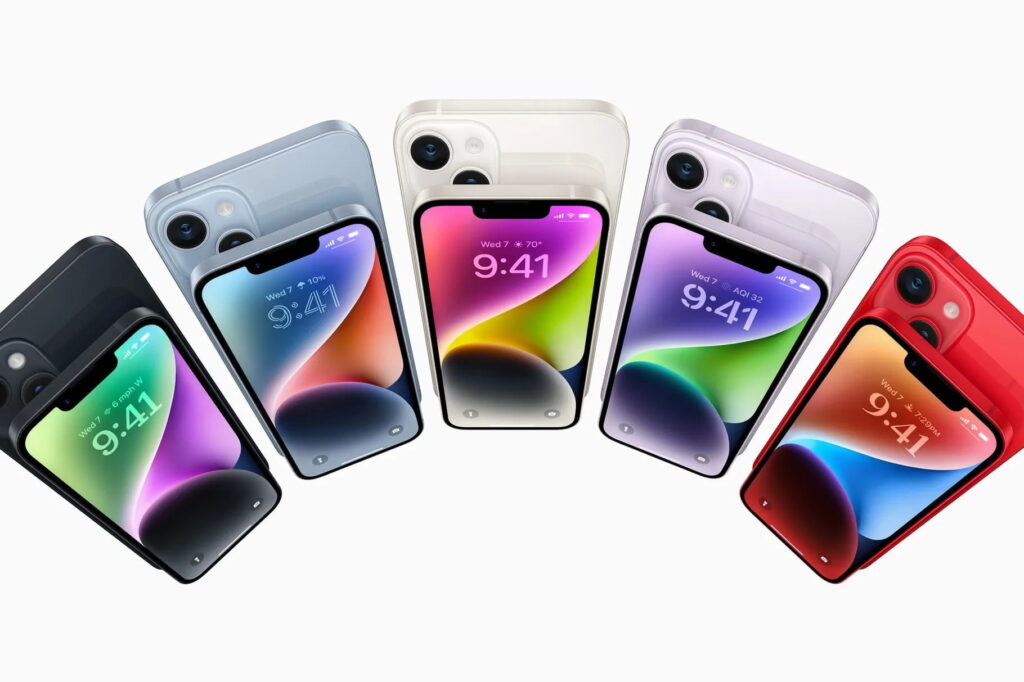
The regular iPhone 14 series carries an ultra wide camera and a new 12-megapixel main camera with f/1.5 aperture and sensor-based stabilisation. The company claims there’s a 49% improvement in low light image quality, and that Night Mode is twice as fast now. There’s also a new 12-megapixel TrueDepth camera with enabled with autofocus for multiple faces at the same time. Apple says it is also applying its Deep Fusion image processing much earlier while taking a photo, improving low light performance and colour rendering.
The iPhone 14 has the Crash detection feature like the Apple Watches released today and also supports storing multiple eSIMs on the phone, which is why models sold in the USA no longer have a physical SIM slot. These models also have support for Emergency SOS through Satellite connectivity in USA and Canada. You can also use satellite connectivity to track your device location using the Find My app.
More noticeable changes were found in the iPhone 14 Pro series. While they carry the same screen size as that of the 13 Pro series, the screen no longer has the notch. The screen now has two separate circular cut-outs to house the Face ID sensor array and the selfie camera. While it would have looked odd, both the cut-outs will be merged and shown in a pill shape thanks to iOS. Apple has moved the proximity sensor behind the display, and notifications will now pop out of the notch in an animation. Apple calls this system the Dynamic Island. There are a variety of ways in which this dynamic island will work. When you swipe to go home, background tasks like music playback and time on the stopwatch or timer will move to the island. Additionally, Apple will use this dynamic island to show its privacy notification dots, which appear when an app is using your camera or microphone.
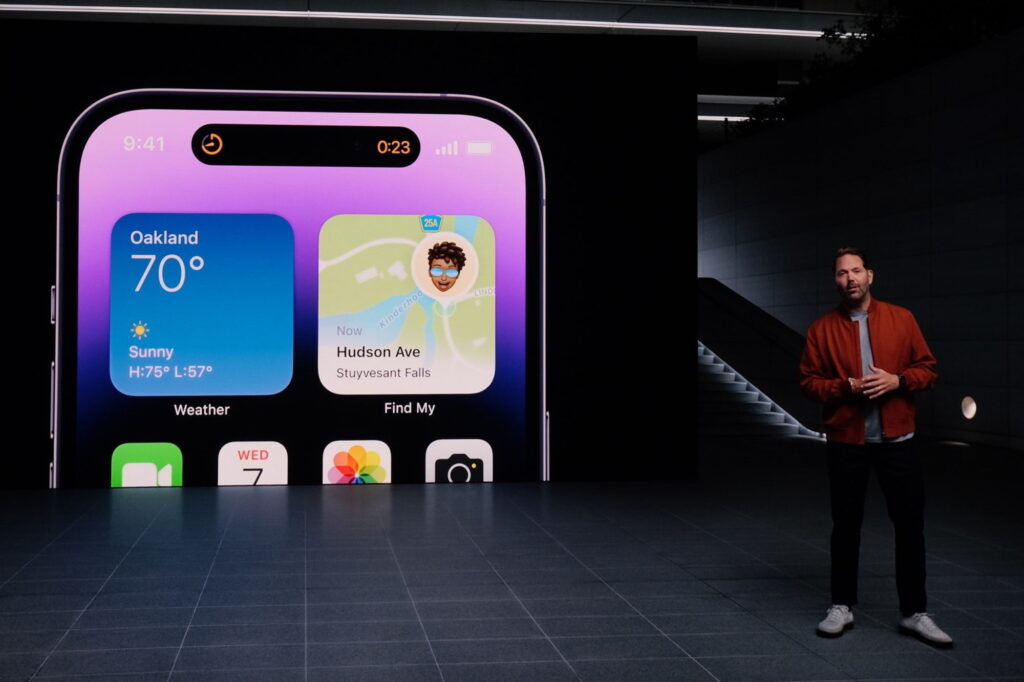
These Pro models also have the new A16 Bionic chip – the iPhone 14 doesn’t, sorry. The A16 is more than an iteration update over the A15, which uses up to 20 percent less power than the predecessor and also powers the smooth animations of the Dynamic Island. The chip’s power efficiency as well as the 1-120Hz Dynamic ProMotion display also enables the Pro models to have Always-on Display for the first time on an iPhone. The best part about iPhone’s AOD implementation is that the background isn’t necessarily all-black. It will use your Lock Screen wallpaper and only show relevant parts of the wallpaper in a dimmed way. The AOD will also show the Date and Time, along with the new iOS 16 widgets. The display on both models has also been improved, offering better pixels and brightness, especially outdoors.
The camera array on the Pro models have also got a big upgrade, one which was a long time coming. The main sensor is now a 48MP one instead of the 12MP, which should mean better photos getting captured. While the Ultra-wide and the Telescope lens still have the same 12MP resolution, the ultra-wide camera will now feature larger pixels and carry better low-light sensitivity, which should help bring the iPhone 14 Pro models catch up with the Android counterparts on ultra-wide photography.
The iPhone 14 starts at $799, and the iPhone 14 Plus starts at $899. You can preorder them on September 9th ahead of general availability on September 16th for the iPhone 14 and on October 7th for the 14 Plus. Meanwhile the iPhone 14 Pro starts at $999 and the iPhone 14 Pro Max starts at $1099 expensive than the Pro. The Pro series can be preordered from September 9th and will be available to buy starting September 16th.
Airpods Pro 2
Nearly three years after the launch of the AirPods Pro, we have finally got its successor in the second generation AirPods Pro. It contains the brand new H2 chip, improved Active Noise Cancellation and a custom amplifier to improve your music listening. These look slightly different from the earlier model, looking very similar to the Beats Fit Pro. The new AirPods Pro now has support for Apple Lossless Audio Codec (ALAC) – something that the high-end AirPods Max doesn’t have. This should result in better listening experience with Dolby Atmos with head tracking on the entire Apple Music catalog on your iPhone.
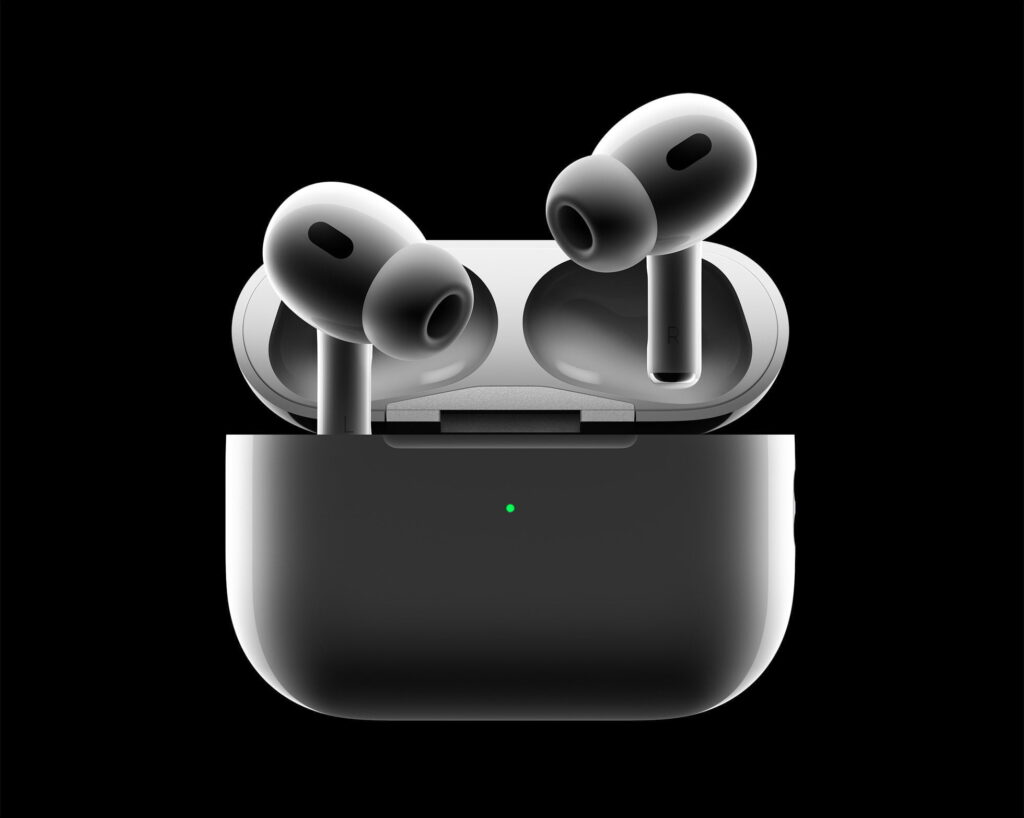
Now, users can control media playback and turn up the volume without using another device like your iPhone or MacBook. With Touch control on AirPods Pro, a light swipe up or down on the AirPods’ stem enables quick volume adjustments. You can also press the stem to change the music, or answer phone calls, and more, or say “Hey Siri” to make requests hands-free depending upon the context.
The charging case also comes with a small but useful upgrade. It comes with a small speaker that makes a sound when you try to locate it via the Find My app. Earlier only the AirPods could individually be played out load via Find My app so this a very welcome change. The charging case can now be charged using the lightning cable, MagSafe and other Qi Wireless chargers along with support for charging via the Apple Watch charger. This will be available from September 23rd at a price of Rs 26900.
Other notable things
While Apple usually saves iPad news for the second Fall event every year, typically there would have been a reveal of the entry-level iPad in the September event. However, due to the cancellation of iPadOS 16 and the delay of iPadOS 16.1 to later in the fall, we had no iPad news for the first time during the September event. We would hope for iPadOS 16.1 to be glitch free when it arrives with Stage Manager.
Apple is also reducing the price of the AirPods 3rd Generation. The one with with Lightning Charging Case is now available for Rs. 19900 whereas the one with MagSafe Charging Case is now available for an extra Rs. 1000.
Software updates coming to the Apple Watch Series 5 and above include bringing a new low power mode which also allows more functionality to be used when compared to the existing Low Power mode. All cellular Apple Watches will now have support for International Roaming as well. All these improvements are coming with the release of watchOS 9 on September 12th.
After the event, Apple also revealed the release date of iOS 16 – September 12th, which coincides with the watchOS 9 release date. The update will bring a more customisable Lock Screen to the iPhone, while widgets from watchOS are now available on iOS 16 and will be up front on the lock screen. It also comes with editable iMessages, emails that can be unsent and sharing iCloud Photo Libraries with other people. Those still concerned about the quality of the updates can wait a day or two after release to make sure that everything is good to go, though the later betas have been relatively stable without any major glitches.

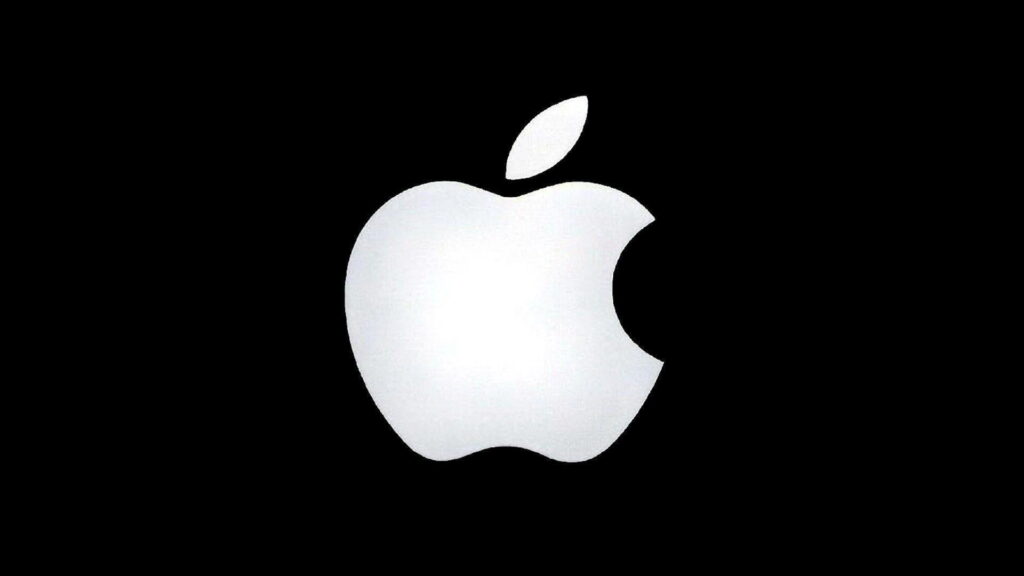

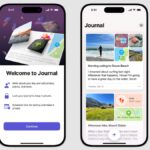
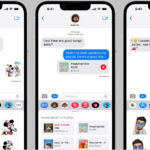
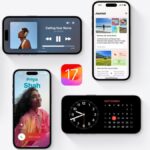
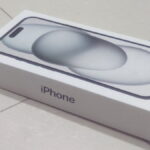

32 replies
Loading new replies...
Join the full discussion at the OnlyTech Forums →